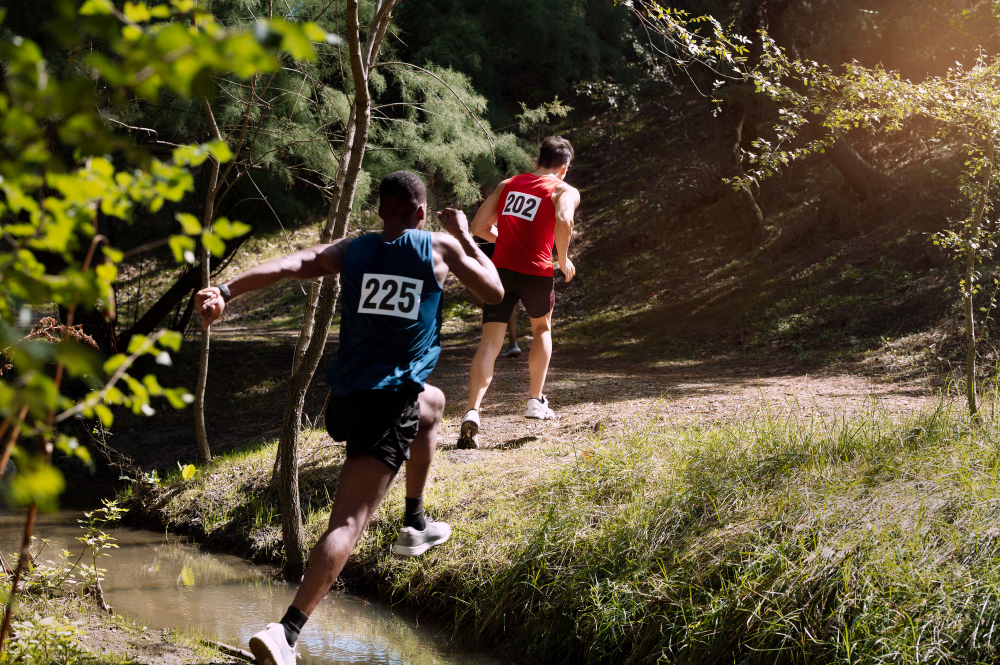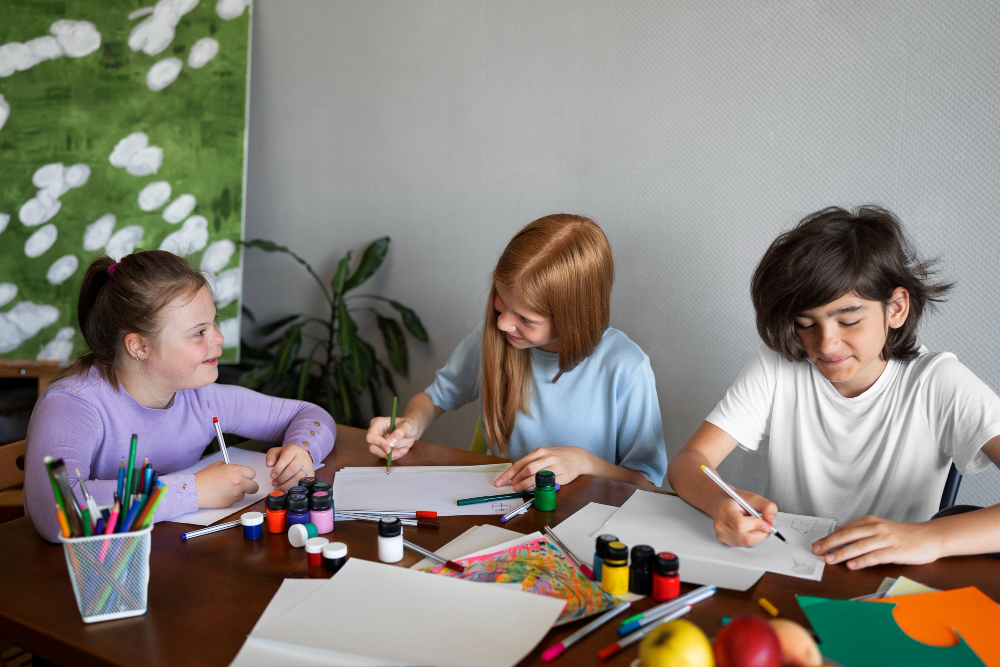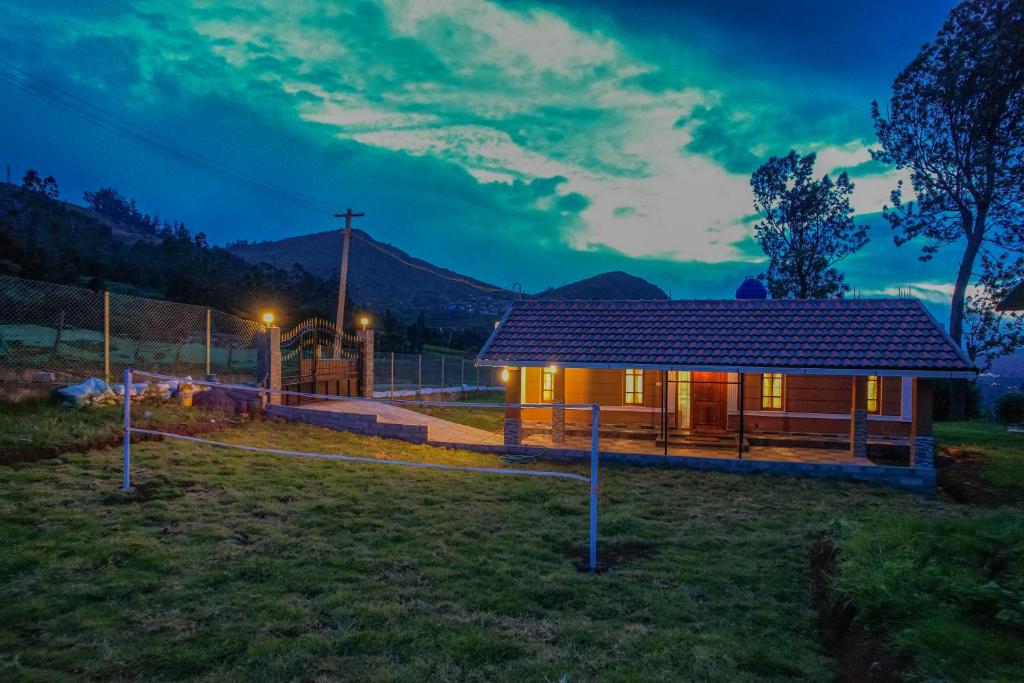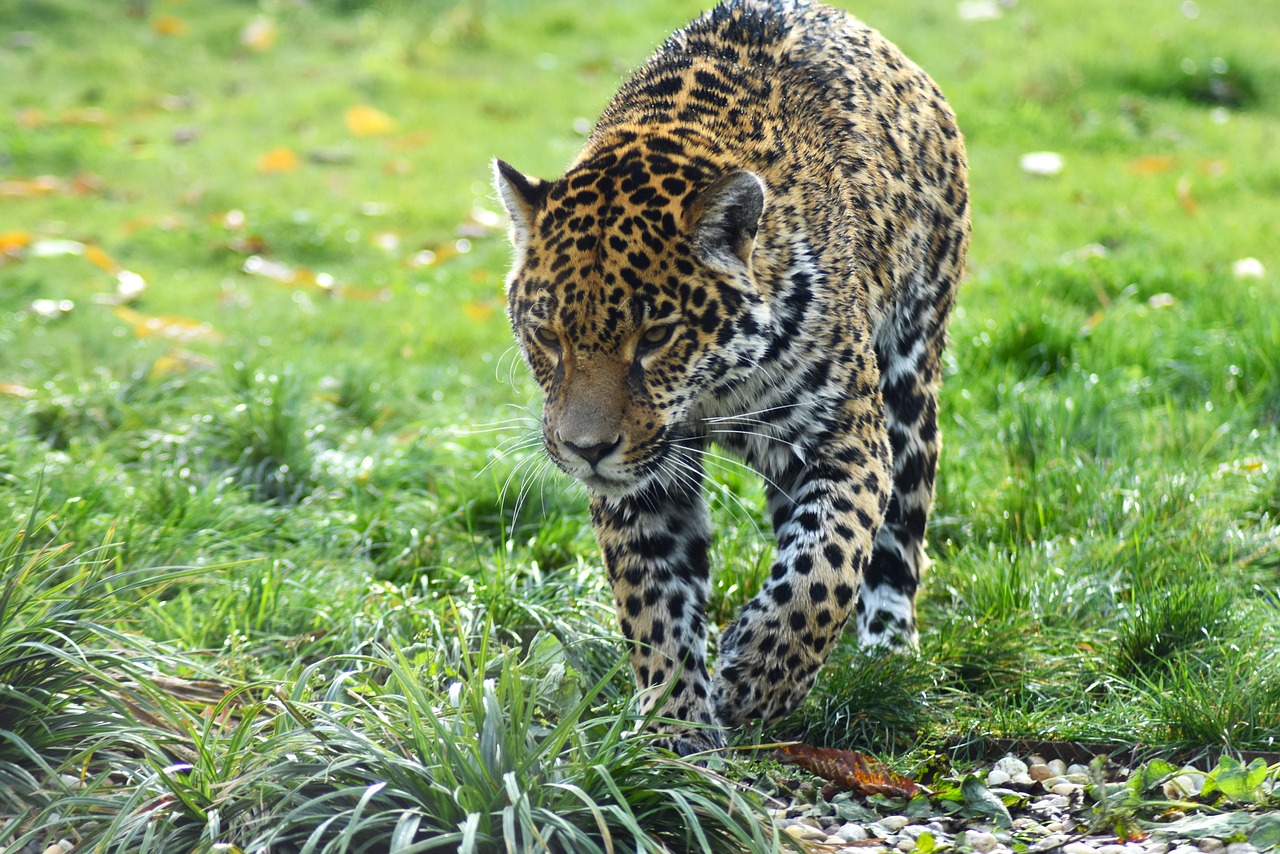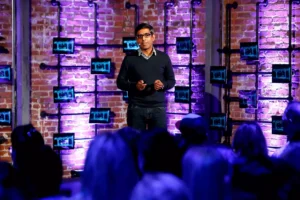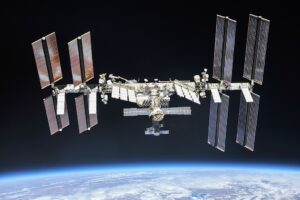In Kenya, two self-taught inventors, David Gathu and Moses Kiuna, embarked on a mission to transform lives. Witnessing the daily struggles of individuals with disabilities in their community, they felt a deep urge to make a difference. Without formal training, but armed with curiosity and determination, they began exploring the world of prosthetics.
 Pin
Pin Image source: Web
Their goal was clear: create affordable, functional, and accessible prosthetic limbs for those in need. Drawing inspiration from their surroundings and leveraging locally available materials, David and Moses started experimenting in a modest workshop. Their journey was filled with challenges, from limited resources to technical hurdles, but their unwavering commitment kept them going. Through countless trials and errors, they developed an AI-powered prosthetic arm that not only mimicked natural movements but was also cost-effective. This groundbreaking invention didn’t just aim to restore mobility; it sought to restore dignity and hope to countless individuals.
Table of Contents
Overcoming the Odds with Innovation
 Pin
Pin Image source: Web
David and Moses didn’t have a fancy lab or millions in funding. They had scrap materials, a passion for innovation, and an unbreakable spirit. Most people would have given up when faced with a lack of resources, but these two saw potential where others saw waste. Old electronics, discarded wires, and broken appliances became their building blocks.
Without access to expensive AI technology, they found ways to repurpose microchips from old gadgets. They worked tirelessly, sometimes through the night, coding and assembling parts by hand. It wasn’t about creating something flashy—it was about making a real impact. Their prosthetic arm wasn’t just functional; it was life-changing. It could grip, hold, and even respond to muscle signals, mimicking natural hand movements.
The breakthrough didn’t happen overnight. It took failures, setbacks, and moments of doubt. But quitting was never an option. Every obstacle fueled their determination. They weren’t just inventing a device; they were proving that brilliance can come from anywhere.
The Power of AI in a Prosthetic Arm
 Pin
Pin Image by Tony Karumba AFP
This wasn’t just any prosthetic arm. It was smart. AI-powered. It responded to the user’s muscle signals, allowing them to control it like a real hand. That’s next-level innovation, especially coming from two self-taught inventors working with recycled parts.
Traditional prosthetics can be expensive and limited in function. Many don’t allow users to move fingers individually or perform delicate tasks. David and Moses changed that. Their AI-driven prosthetic could grip objects, adjust its strength, and even recognize different movement patterns. It wasn’t just a static limb—it was an extension of the user’s body.
The beauty of AI in this design wasn’t just its functionality; it was its adaptability. The arm learned. Over time, it became more intuitive, reacting faster and more naturally. For someone who had lost a limb, this wasn’t just a tool—it was a second chance. It restored independence, allowing users to do everyday tasks with confidence again.
Making Prosthetics Affordable for Everyone
High-tech prosthetics exist, but they come with a brutal reality—most people can’t afford them. In many parts of the world, a functional prosthetic costs thousands of dollars, making it a luxury rather than a necessity. That’s why what David and Moses did was game-changing.
Instead of relying on expensive imported materials, they built their AI-powered prosthetic using recycled electronics. This wasn’t just about innovation; it was about accessibility. Their goal was to make sure that even the most underprivileged individuals could regain mobility without worrying about impossible costs.
By designing something that was both affordable and effective, they broke the barriers that kept disabled individuals from living a normal life. They proved that advanced technology shouldn’t be reserved for the wealthy. It should be available to anyone who needs it.
The impact of their work goes beyond one invention. It challenges the entire industry, showing that practical solutions don’t have to come with a high price tag.
The Emotional Impact on Users
Losing a limb isn’t just a physical challenge—it’s deeply emotional. Simple daily tasks become frustrating obstacles. Many amputees struggle with confidence, feeling like they’ve lost a part of themselves. That’s why this AI-powered prosthetic arm is more than just a device; it’s a lifeline.
For someone who hasn’t held a cup, written their name, or shaken a friend’s hand in years, regaining that ability is life-changing. It’s not just about functionality—it’s about restoring dignity. The first time users flex their new fingers, grasp an object, or see the arm respond like it’s truly part of them, the emotions are overwhelming.
This invention isn’t just giving mobility back; it’s giving hope. The joy of holding a loved one’s hand again, the confidence to pursue a job, the ability to feel independent—these moments are priceless. That’s why David and Moses’ work isn’t just impressive; it’s revolutionary.
The Struggles of Being Self-Taught Inventors
David and Moses didn’t have engineering degrees or corporate backing. They weren’t working in a high-tech lab with access to the latest equipment. They were two self-taught inventors figuring things out as they went. That kind of journey isn’t easy.
Learning complex engineering skills without formal education meant long nights of trial and error. They had to dig through books, watch online tutorials, and experiment tirelessly. Mistakes were frequent, but every failure taught them something new. Without funding, they had to scavenge for parts, making something extraordinary from discarded materials.
Then there was the doubt—from others and even from themselves. People questioned their abilities, saying advanced prosthetics were out of their reach. But they refused to let skepticism stop them. They kept going, proving that passion and persistence can sometimes beat formal education and big budgets.
Their journey wasn’t smooth, but it was real. And in the end, they did what many thought was impossible.
How Their Innovation is Changing Lives
This isn’t just a cool invention—it’s transforming real lives. Before, many amputees in Kenya and beyond had no realistic way to afford a functional prosthetic. Now, they have a chance to regain independence.
For someone who lost an arm, everyday tasks like eating, dressing, or holding a child can feel impossible. But with this AI-powered prosthetic, those challenges start to disappear. People who once depended on others can now do things on their own. That kind of freedom is priceless.
It’s not just physical, either. The emotional impact is just as powerful. Confidence returns. Self-worth is restored. People feel whole again. That’s the real power of this invention—it gives amputees their lives back.
What David and Moses created isn’t just a product; it’s a movement. It’s proof that real-world problems can be solved with innovation, resourcefulness, and heart. And it’s only the beginning of what they can do.
The Recognition and Challenges Ahead
David and Moses’ work has caught attention, but recognition doesn’t always mean easy success. Their invention is groundbreaking, yet getting the funding and support they need is still an uphill battle.
Big tech companies dominate the prosthetics industry, and breaking into that space as self-taught inventors from Kenya isn’t simple. Investors hesitate, not because the idea isn’t brilliant, but because they don’t fit the traditional mold of engineers with corporate backing. That’s the harsh reality of innovation—it’s not just about the idea, but also about who gets the resources.
Despite these challenges, their work is proving too impactful to ignore. More people are starting to take notice, and with increased awareness, there’s hope that larger organizations or governments will step in to help scale production. The dream isn’t just to create a few prosthetics but to make them widely available.
The journey isn’t over, and the road ahead won’t be easy. But if anyone has the determination to push through, it’s them.
The Future of Affordable AI Prosthetics
This is just the beginning. David and Moses have already proven that advanced prosthetics don’t have to be expensive. Now, the challenge is scaling their invention so more people can benefit.
Mass production would bring costs down even further, making AI-powered prosthetics accessible on a global scale. But that requires funding, manufacturing support, and partnerships with organizations that believe in their vision. If they get the right backing, they could revolutionize the prosthetics industry—not just in Kenya, but worldwide.
Their work also opens the door for even more innovation. What if similar AI-powered devices could be adapted for different disabilities? What if their technology could evolve into an entire suite of affordable assistive devices? The possibilities are endless.
Right now, they’ve changed a few lives. With the right support, they could change millions. Their story isn’t just inspiring—it’s a wake-up call to the world. Innovation doesn’t need to be expensive; it just needs to be driven by purpose.
A Story That Inspires the World
David and Moses didn’t just build an AI-powered prosthetic—they built hope. Their journey is proof that innovation doesn’t require a prestigious degree, a high-tech lab, or millions of dollars. It requires passion, determination, and a relentless drive to make a difference.
Their story resonates with aspiring inventors, students, and problem-solvers worldwide. It shows that barriers like lack of funding or formal education can be overcome with creativity and persistence. They took what they had—scrap materials, knowledge from the internet, and an unwavering belief in their mission—and created something revolutionary.
More than just an invention, their work is a statement: technology should serve humanity, not just those who can afford it. Their AI-powered prosthetic isn’t just changing lives; it’s challenging an industry to rethink accessibility.
People like David and Moses remind us that real change comes from those who refuse to accept limitations. And their journey is far from over—it’s only just getting started.


